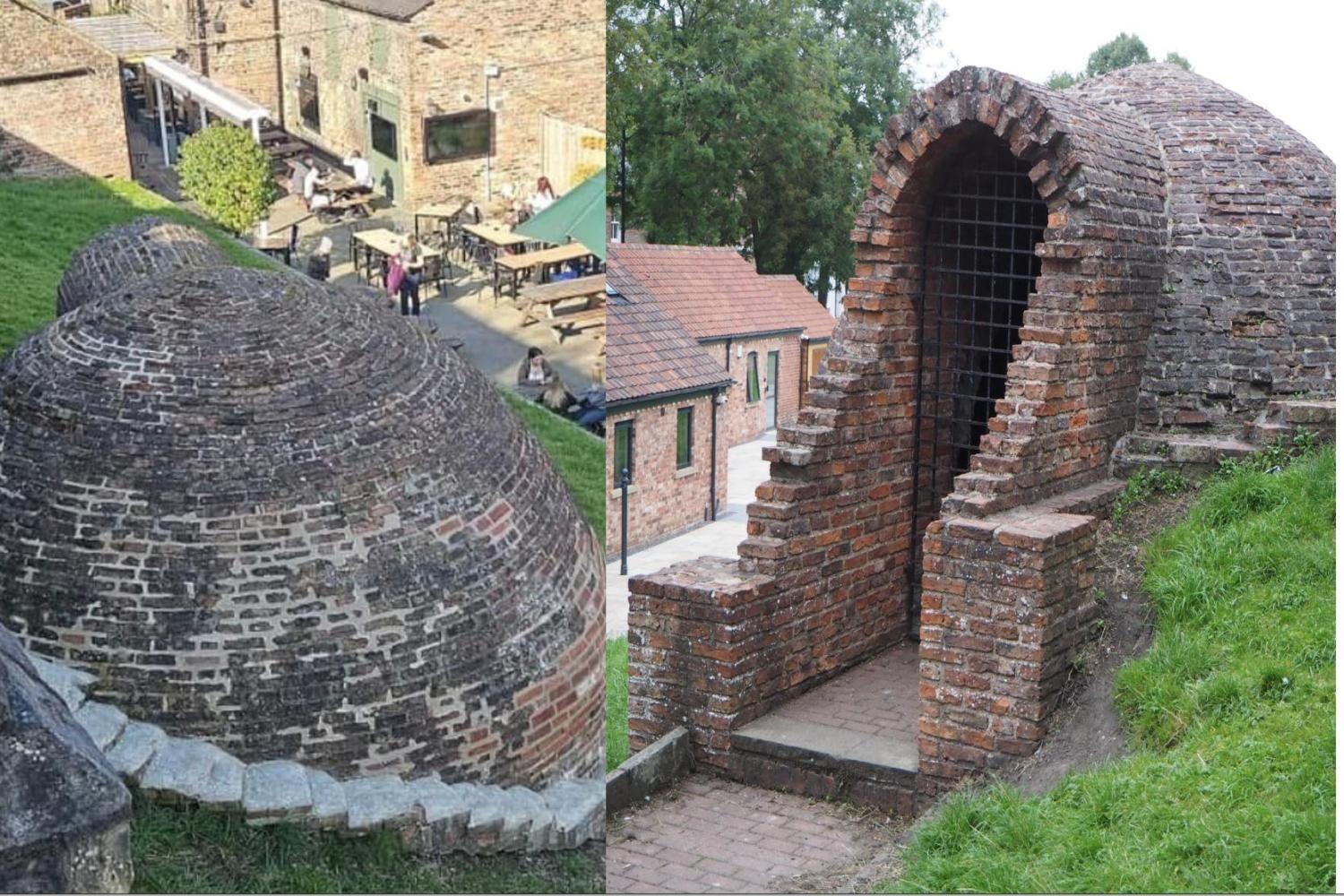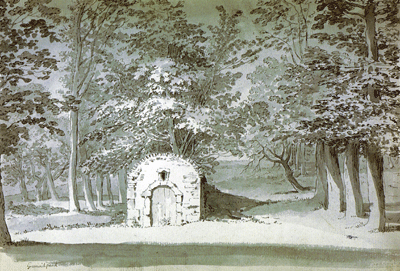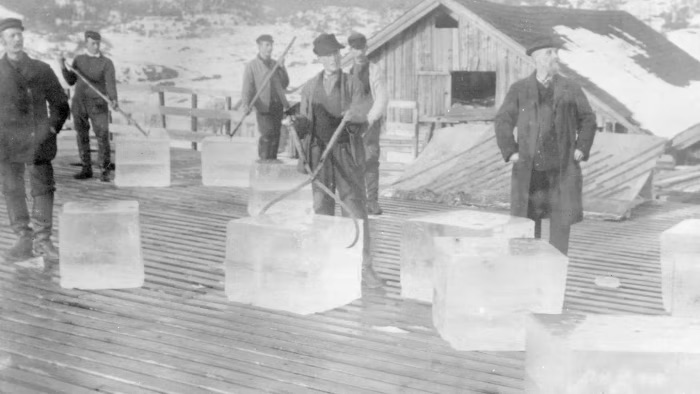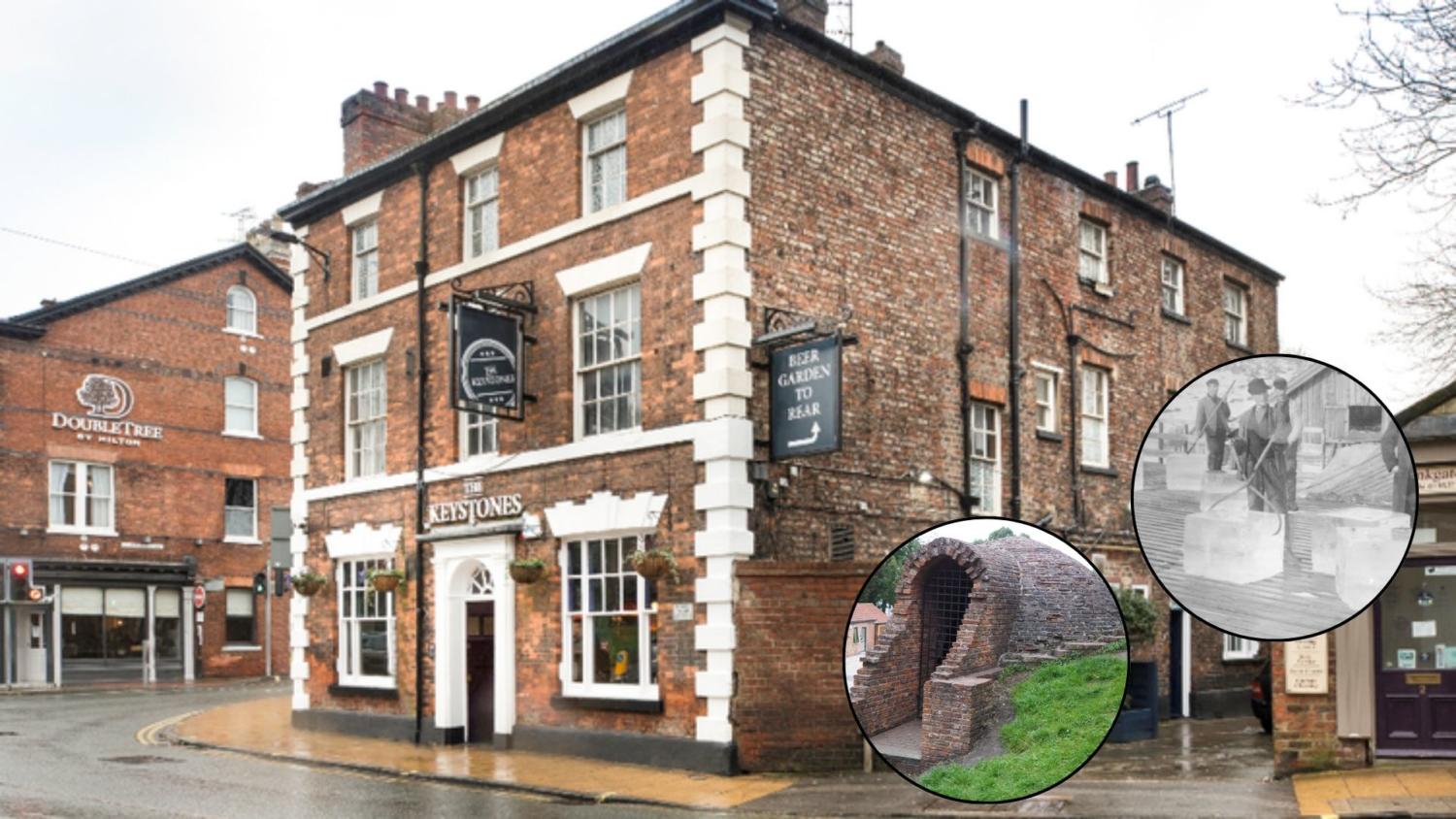This month’s Time Travel is definitely a YLL first — in that it features the kind of historical site that is most easily accessed and appreciated with a pint in your hand. As a result, we think it’s perfect for a visit this May (otherwise known as the beginning of beer garden season).
Since it’s very unlikely you will have guessed by now, I’ll let you in on it. We will be delving into the story behind York’s 19th Century “Icehouse”, which is situated just metres from the city walls at Monkgate Bar — and perhaps more importantly — is within touching distance of the beer garden at The Keystones Pub.
So, what is an icehouse? And what role did it serve to York’s historic residents? It may be hard to imagine now, in our era of smartphones and self-driving cars, but there was a time before even the most simplistic of fridges were commonplace. In truth, all of human history — from the end of the last Ice Age, up until the 1920s and 1930s when the first domestic and residential fridges were introduced — was one long sustained battle against the sun’s heat to keep good food from
going bad.

Our greatest weapon in that battle was ice — collected in the winter from frozen lakes (in the centuries before global warming took serious effect there were quite a few more of these)— to be kept for the summertime and combined with different foods to keep them cool and fresh for longer. While collecting the ice was one thing, but keeping it at a decent temperature for months on end was another task altogether. If you didn’t live near a cave network and didn’t fancy risking a journey to the bottom of a well, it proved near-impossible to keep the ice
cold enough.
This was until the first icehouses were constructed.
Although most historians reckon that the very first man-made icehouses were built in 1780 BC (that’s over a thousand years before the Roman invasion of Britain!) in Mesopotamia, the kind of building that best resembles the site we see in York fits more with icehouses that sprung up around England from 1600 on.
James I commissioned the first of these in 1619 in Greenwich Park and another in Hampton Court in 1625–1626. It was a brick-lined well, which was 30 feet deep and 16 feet wide.

During colder months, ice and snow would be cut from lakes or rivers, taken into the icehouse, and packed up with sawdust for insulation. This would help it to stay frozen for ages, often until the following winter.
The York icehouse is just this style. And to back up that claim, here’s how the York Historic Environment Record (the council record that classifies all the important historical monuments in York) describes the icehouse, “it consists of a circular domed chamber approximately four metres in diameter approached by tunnel-vaulted passage partly sunk into city wall rampart.” As you can imagine it’s in that “tunnel vaulted” passage that really made the difference — by keeping the ice deep underground as far from the sun as possible, it would stay nice and cool for ages.
Now, while we may have gotten to the bottom of what an icehouse actually is, there’s still a little more to what makes the site so interesting. So don’t flick over quite yet!
The International Ice Trade:
The fact that our icehouse is thought to have been built in 1800, which is some 200-years after the first one popped up in the UK, implies its purpose may have been slightly different. It’s actually likely that, rather than serving to support the survival of past residents, this house instead helped maintain the luxurious tastes of the elite.
The 18th century saw a significant increase in the number of icehouses being constructed, mainly serving great manor houses and their estates. They actually became a trend! It was highly fashionable to be able to serve your guests ice cold drinks, as well as sorbets and even ice cream. This coincided with a time period (that of the industrial revolution) in which more and more people had access to wealth and wanted to show it off.
To keep up with the demand for cold beverages and sweet treats, the ice that could be gathered from England’s lakes and rivers wasn’t nearly enough. So, in the 19th century, vast quantities began to be sourced from abroad — often from as far away as Norway. This fed the icehouses of the country estates, as well as commercial ice stores in the cities and private ice wells in smaller domestic houses, like our icehouse in York.
The ice would begin life over in Norway, where temperatures sometimes still reach as low as -40°C, so as you can imagine supply was plentiful. Pack horses would then plough large lakes to break up
the ice into smaller more accessible pieces. These would then be cut up by hand with heavy metal saws. Once it had been cut, the ice was handled with metal tongs which were hinged in the middle. This is because handling the ice risked the possibility of heating it up
too quickly.

The next challenge was in getting the ice all the way from lakeside to the ships that would carry the blocks to our shores. According to the London Canal Museum (as we haven’t been able to find it referenced anywhere else, so we’ll have to take their word for it) Norwegian traders constructed what were called little ‘ice railways’ out of wooden slabs. These railways included viaducts, curves, and brakes — to ensure the ice arrived at their ship safely and on time. Finally, they were placed in the nice cool hold of the ship (again with the help of those handy tongs) and made their way to England.
Eventually of course the need for overseas ice would be replaced by advances in technology like artificial ice machines, freezers and fridges, but it’s estimated that at its height the Norwegian ice trade saw a million tons of ice exported every single year — with a fair proportion being enjoyed by our predecessors right here in York.
So, if you do happen to venture down to the Keystones to enjoy an ice-cold drink at some point this Spring, just think if you’d been born 100-years earlier, how hard you would’ve had to work to keep it
that cool.









Add a comment